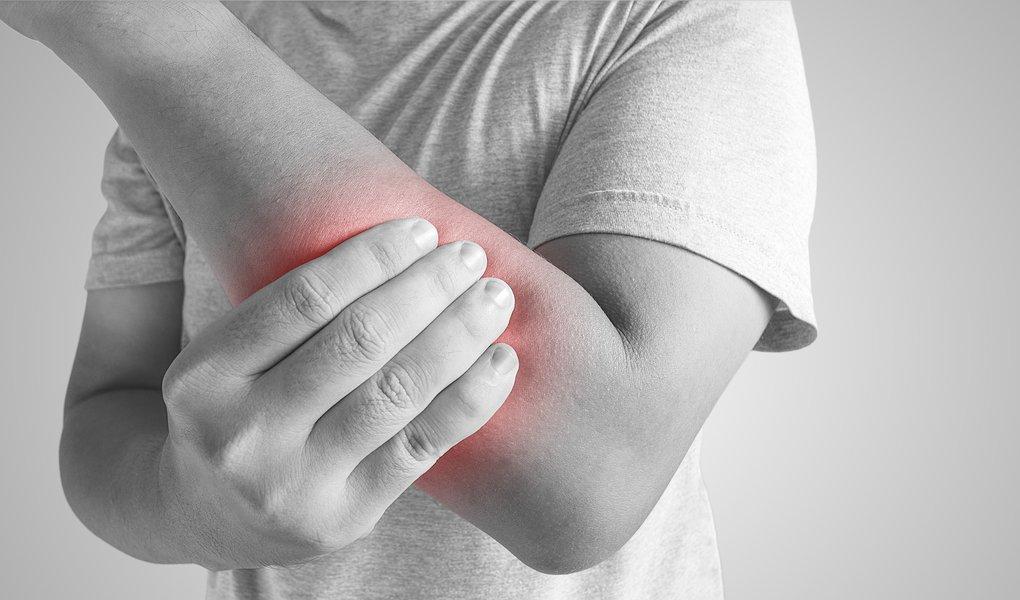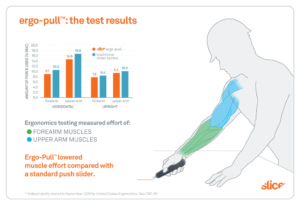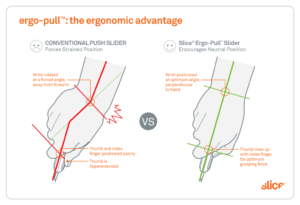
Forearm and Upper Arm Strain Injuries: Prevention
Forearm and upper arm strain injuries can have a long-lasting impact on workers’ well-being and ability to carry out their job. Strains can be caused by a single incident, like an impact or a fall. But many wrist, forearm, and upper arm strain injuries are the result of repetitive stress.
These types of injuries are common, especially in workplaces where workers are required to do the same motion regularly. And one of the most common places these injuries occur is in the hands and arms.
This is because we use our hands, and by extension our arms, for most tasks. Further, your hands and forearms comprise an intricate arrangement of many small muscles, nerves, and tendons, and they are rather delicate. And delicate body parts are more susceptible to damage.
Examples of workers who are particularly susceptible to such strains include the following:
- Factory line workers
- Warehouse workers
- Cashiers
- Bus drivers and long-haul truckers
- Construction workers and carpenters
Repetitive Strain Injury Prevention: Simple, But Not Easy
You can prevent a forearm, hand, or upper arm repetitive strain injury, but it takes consistent dedication. There are a few reasons for this.
Sticking to a prevention plan, day in and day out—that is, creating a habit—is difficult for many. The other hurdle to overuse injury prevention is that many workers may not think it’s necessary until it’s too late.
Overuse injuries, by their nature, occur after someone has done a motion many, many times, without incident.
By the time the injury starts to show itself—when people start to realize they need to do something about it—it’s much more difficult to heal. Addressing the potential for injury before there are signs of trouble is key.
Three RSI Prevention Tips that Work
Now that you know the difficulties you and your staff face, you know how to approach the situation. And, according to G.I. Joe, at least, you’re half-way to solving the problem, since “knowing is half the battle.”
The other half is actually implementing the habits you or your staff need to adopt.
Go Ergonomic
A major contributor to muscle strain injuries is moving in ways that are awkward, overly fatiguing, or uncomfortable. This is why focusing on ergonomics is important for workplace safety.
Ergonomics, broadly speaking, addresses how we interact with the world we live and work in. To boost the health and safety of your forearms and upper arms, focus on hand tools and movements people make with those parts of their body.
At Slice®, ergonomics is a driving factor in tool design and has led to some unique offerings, like Ergo Pull™, found on the 10558 Smart-Retracting Utility Knife.
Furthermore, the position of the slider on this tool, when in use, allows for a solid, balanced grip, and doesn’t require the rotational hand strain found with conventional designs.
Third-party tests show that Slice Ergo Pull results in reduced forearm and upper arm effort when using our auto-retracting utility knife, compared with standard utility knives.
Counter-Stretch and Counter-Move
Repetitive stress injuries are caused by stressing or straining muscles and connective tissue by routinely doing the same movement for long periods of time and over days, months, or years.
One way to help reduce this strain is by regularly stretching the muscles that are getting overused and doing movements that are the opposite of the repeated motion you’re performing.
Imagine the warehouse worker who breaks down hundreds of boxes a day. They’re gripping a box cutting tool and doing a pulling motion over and over again. This can lead to fatigued hands, sore wrists, and repetitive-strain-injury upper arm pain like an achiness or tightness, which may migrate into the shoulders and neck.
At regular intervals, this person will benefit from stretching their hands open wide and flexing their hand up and back. In this case, it would be recommended to stretch out the arms with backward-reaching arm circles like the motion of a backstroke.
Strengthen
One surefire way to reduce stress and strain is to build strength. Strong muscles and connective tissues don’t fatigue as quickly. Even those of us who are fit and lift weights don’t often think about attending to hand and forearm strength.
Adopt a short series of exercises to strengthen these oft-neglected areas. Be mindful of creating balance in your strength. For each new exercise you introduce, make sure to also add a counter-balancing exercise (that is, for every flexing exercise, do an extending exercise).
This short video provides seven well-balanced hand, wrist, and forearm strengthening movements:
Make Safety Fun
Getting to the nitty-gritty of ergonomics and continually reminding workers (or yourself) to stretch and strengthen—it all starts to sound arduous. Remember to make it fun! Find the joy in health and safety initiatives such as preventing forearm and upper arm strain injuries to inspire lifelong wellness and productivity.
Download our Safe Cutting Paper to reduce workplace injuries
 With Ergo Pull, the user pulls and holds the slider button back to expose the blade, unlike conventional utility knives, where you push the slider forward. When using Ergo Pull, then, the blade activation effort and the cutting motion go in the same direction.
With Ergo Pull, the user pulls and holds the slider button back to expose the blade, unlike conventional utility knives, where you push the slider forward. When using Ergo Pull, then, the blade activation effort and the cutting motion go in the same direction.

